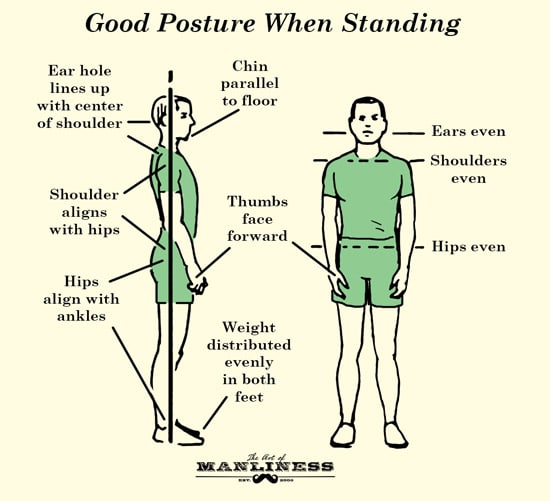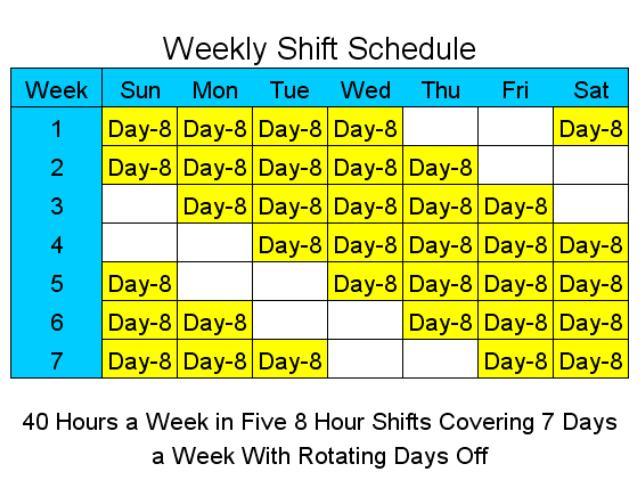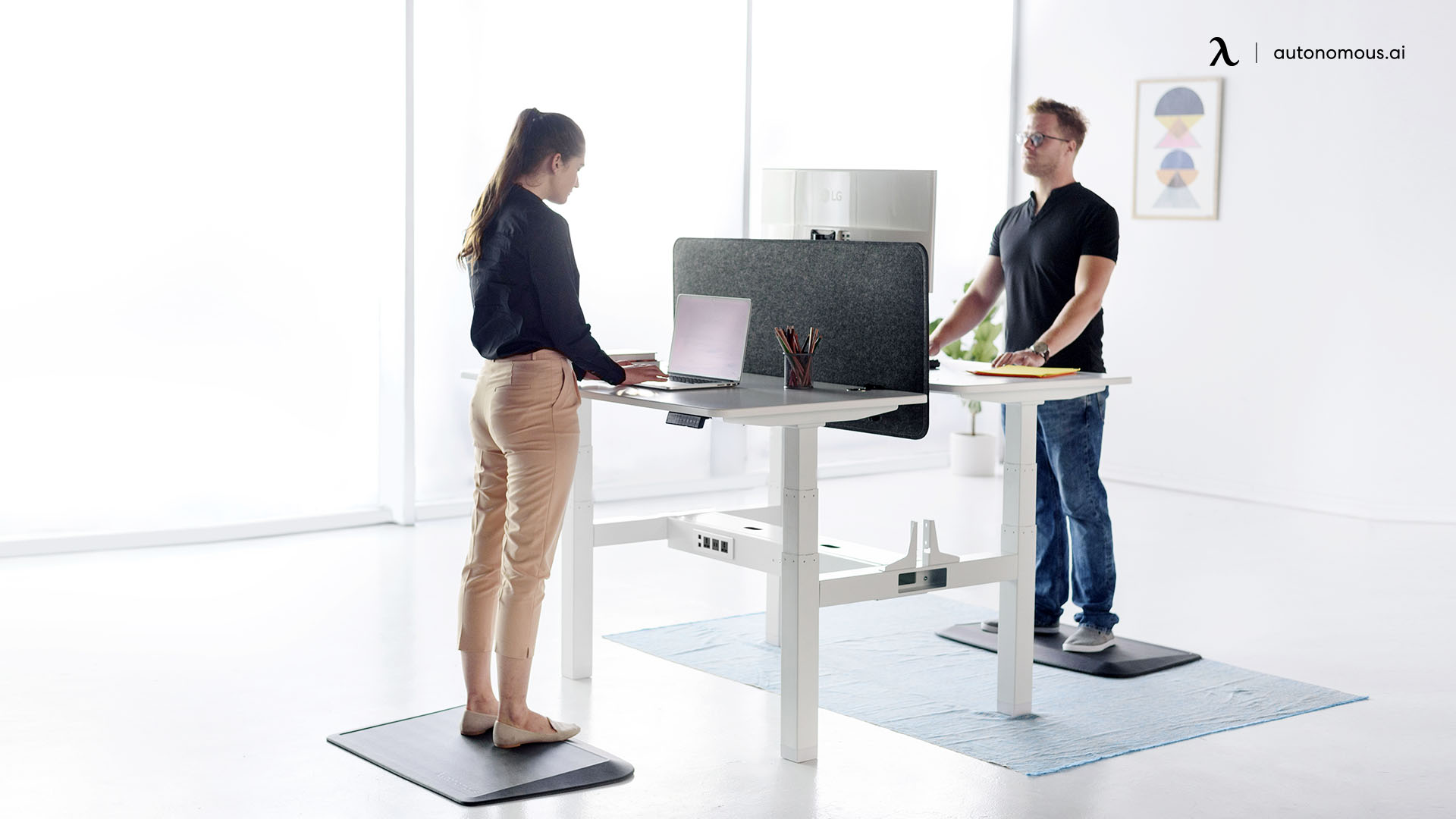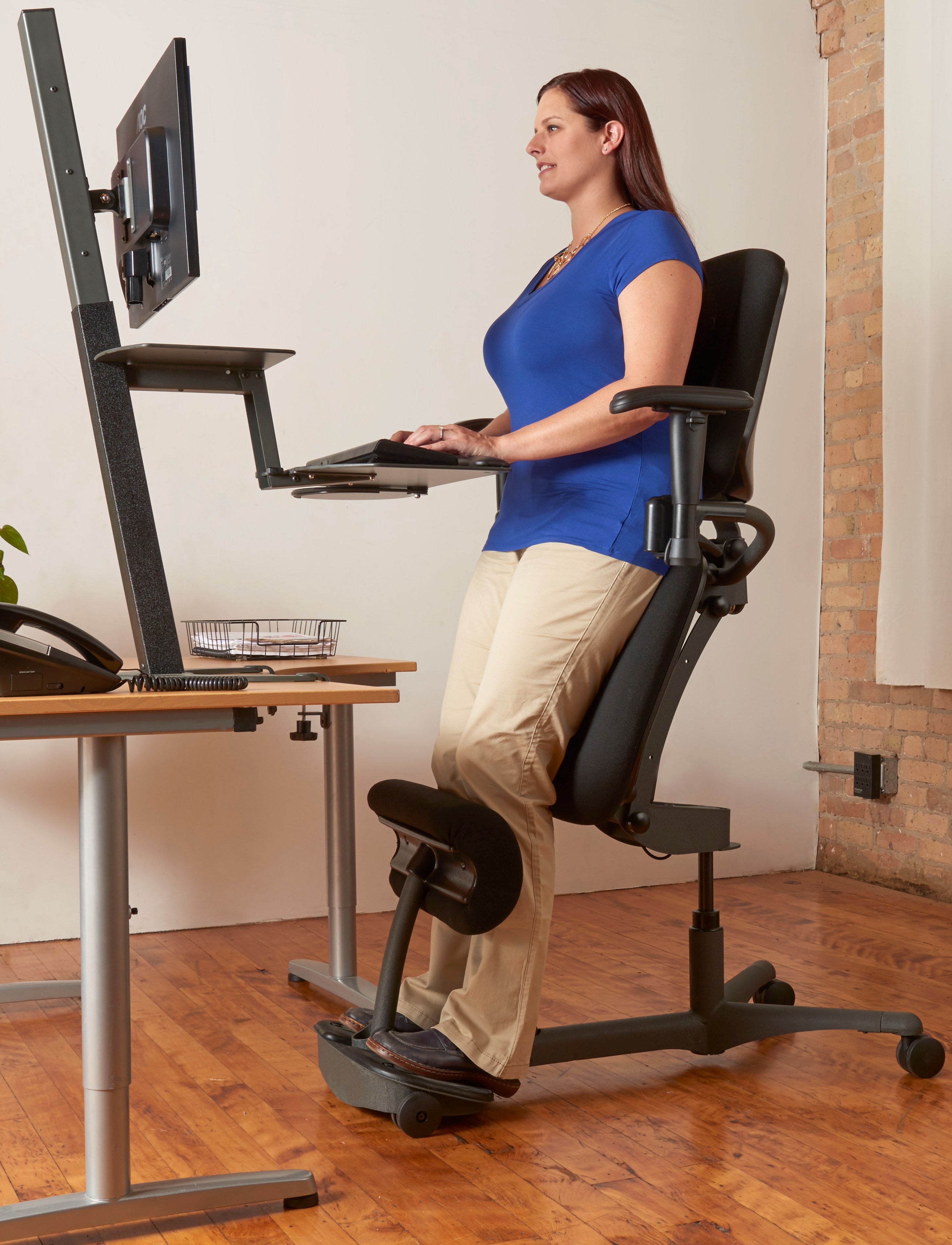The Significance of Balancing Sitting and Standing
Balancing sitting and standing throughout the day offers numerous health benefits. Improved posture is one such advantage, as alternating between sitting and standing helps prevent slouching and encourages proper spinal alignment. Furthermore, incorporating regular standing periods into your daily routine can reduce the risk of obesity and associated health issues, such as diabetes and heart disease. Regularly breaking up sedentary behavior can also lead to increased energy levels, as it promotes blood circulation and nutrient distribution throughout the body.
Understanding the ideal amount of standing time for a healthier lifestyle is crucial. While the exact duration may vary depending on individual factors, many health organizations and experts recommend a balanced approach. This typically involves alternating between sitting and standing every 30 minutes to an hour, aiming for a total daily standing time of approximately 3 to 5 hours. However, it is essential to consider factors such as age, occupation, and existing health conditions when determining the right standing time for you.
How Long Should You Stand in a Day? A Detailed Analysis
When exploring the question of “how many hours should you stand a day,” it’s essential to consider the recommendations of various health organizations and experts. The American Heart Association suggests standing for about 15 minutes every hour, while the American Cancer Society advises standing for at least 2 hours daily during work hours. However, these recommendations may not be one-size-fits-all, as individual factors such as age, occupation, and existing health conditions can influence the ideal standing duration.
Age plays a role in determining the appropriate standing time, as older adults may require more frequent breaks due to decreased physical stamina and increased risk of falls. Occupation is another critical factor, as individuals with desk-bound jobs may need to allocate more time for standing and moving compared to those with more physically demanding roles. Lastly, existing health conditions, such as musculoskeletal disorders or heart disease, should be taken into account when establishing a daily standing routine.
Creating a Personalized Standing Schedule
To establish a personalized standing schedule, consider your daily routine, work requirements, and personal preferences. A balanced standing and sitting routine can be achieved by incorporating regular movement, stretching, and sitting breaks throughout the day. Start by assessing your current work habits and identifying opportunities to incorporate standing periods.
For instance, if you have a desk job, consider standing every 30 minutes for 5 to 10 minutes. Use this time to stretch, perform simple exercises, or walk around your workspace. You can also take advantage of natural breaks, such as phone calls or meetings, to stand and move. Additionally, consider standing during lunch breaks or engaging in light activities, such as taking a stroll or performing desk-based exercises.
Remember that the key to a successful standing schedule is consistency. Set reminders or use apps to help you remember to stand and move regularly. Gradually increase your standing time as your body adjusts to the new routine. By creating a personalized standing schedule, you can optimize your daily standing time and enjoy the numerous health benefits associated with balancing sitting and standing.
Incorporating Standing Desks and Other Assistive Devices
Standing desks and other assistive devices can help facilitate a balanced standing and sitting routine, offering numerous benefits for overall well-being and productivity. These products come in various forms, such as adjustable desks, anti-fatigue mats, and footrests, catering to diverse user needs and preferences.
Adjustable standing desks allow users to seamlessly switch between sitting and standing positions, promoting regular movement and reducing the risk of discomfort and fatigue. Anti-fatigue mats provide cushioning and support for standing periods, alleviating pressure on the feet, legs, and back. Footrests enable users to maintain proper posture while sitting, reducing strain on the lower back and encouraging active sitting.
When selecting a standing desk or assistive device, consider factors such as durability, adjustability, and user-friendliness. Opt for products with a solid construction, easy-to-use controls, and a wide range of height adjustments. Additionally, ensure that the device aligns with your workspace setup and ergonomic requirements. By incorporating standing desks and other assistive devices into your daily routine, you can effectively manage your standing time and enjoy the long-term benefits of a balanced standing and sitting lifestyle.
The Role of Ergonomics in Promoting Healthy Standing Habits
Ergonomics plays a crucial role in promoting healthy standing habits, as proper posture, workspace setup, and equipment positioning contribute to overall well-being and productivity. By adhering to ergonomic principles, individuals can minimize the risk of discomfort, fatigue, and musculoskeletal disorders associated with prolonged standing.
Maintaining proper posture is essential for a balanced standing routine. Stand upright with your shoulders back, chest open, and weight distributed evenly on both feet. Avoid locking your knees and keep your feet shoulder-width apart. Regularly adjust your posture to prevent muscle strain and fatigue. Additionally, ensure that your workspace is set up to support your standing habits, with equipment positioned at an appropriate height and distance to minimize reaching and bending.
Incorporating ergonomic accessories, such as standing mats, footrests, and monitor arms, can further enhance your standing experience. Standing mats provide cushioning and support for your feet, reducing pressure and discomfort. Footrests enable you to shift your weight and adjust your posture, alleviating strain on your lower back and legs. Monitor arms allow for optimal monitor positioning, reducing neck and eye strain. By prioritizing ergonomics in your standing routine, you can effectively manage your standing time and enjoy the long-term benefits of a balanced standing and sitting lifestyle.
Recognizing and Addressing Discomfort and Fatigue
Prolonged standing can lead to discomfort and fatigue, negatively impacting overall health and productivity. Common signs of discomfort include sore feet, swollen legs, and lower back pain. To alleviate these symptoms, incorporate regular movement, stretching, and sitting breaks into your daily routine.
Schedule short breaks every 30 to 60 minutes to stretch and move around. Simple exercises, such as calf raises, leg swings, and shoulder rolls, can help improve circulation and reduce muscle tension. Additionally, consider incorporating a sitting break every hour to give your body a chance to rest and recover. Utilize a chair with proper lumbar support and ensure that your feet are flat on the floor to maintain a healthy posture.
To further combat discomfort and fatigue, invest in high-quality footwear and ergonomic accessories. Supportive shoes with adequate cushioning can help alleviate pressure on your feet and legs. Pair them with anti-fatigue mats for additional shock absorption and comfort. By recognizing and addressing the signs of discomfort and fatigue, you can maintain overall health and continue reaping the benefits of a balanced standing and sitting routine.
Long-Term Benefits of Balanced Standing and Sitting
Maintaining a balanced standing and sitting routine offers numerous long-term benefits, including reduced risk of chronic diseases, improved mental health, and enhanced quality of life. Regularly alternating between sitting and standing can help prevent obesity, lower the risk of cardiovascular disease, and decrease the likelihood of developing musculoskeletal disorders.
Moreover, a balanced standing and sitting routine can positively impact mental health. Studies have shown that incorporating regular movement and changing positions throughout the day can alleviate symptoms of stress, anxiety, and depression. Additionally, maintaining a balanced posture can contribute to increased focus, productivity, and overall job satisfaction.
To fully enjoy the long-term benefits of a balanced standing and sitting routine, make a long-term commitment and be consistent in your efforts. Monitor your progress and make necessary adjustments as needed to accommodate changes in your lifestyle, occupation, or health status. By maintaining a balanced standing and sitting routine, you can significantly improve your overall well-being and quality of life.
Maintaining Consistency and Making Adjustments Over Time
Establishing and maintaining a balanced standing and sitting routine requires dedication and consistency. To ensure long-term success, follow these tips and strategies:
- Set clear goals: Define your objectives for incorporating a balanced standing and sitting routine, such as improving posture, reducing the risk of chronic diseases, or increasing energy levels. Having well-defined goals will help you stay motivated and focused on your commitment.
- Create a schedule: Develop a personalized standing schedule based on your individual needs and circumstances. Incorporate regular movement, stretching, and sitting breaks to ensure a balanced approach. Utilize tools and apps to help you track your progress and stay accountable.
- Invest in quality equipment: Choose ergonomic furniture and accessories, such as adjustable standing desks, anti-fatigue mats, and supportive footwear, to facilitate a comfortable and efficient standing and sitting experience.
- Monitor your progress: Regularly assess your progress and make adjustments as needed. Listen to your body and pay attention to any discomfort or fatigue, modifying your routine accordingly to maintain overall health and well-being.
- Stay informed: Keep up-to-date with the latest research and recommendations regarding standing and sitting routines. Adapt your approach as new information becomes available to optimize your daily habits for long-term success.
By following these guidelines and making a long-term commitment to a balanced standing and sitting routine, you can significantly improve your overall health, well-being, and quality of life.









